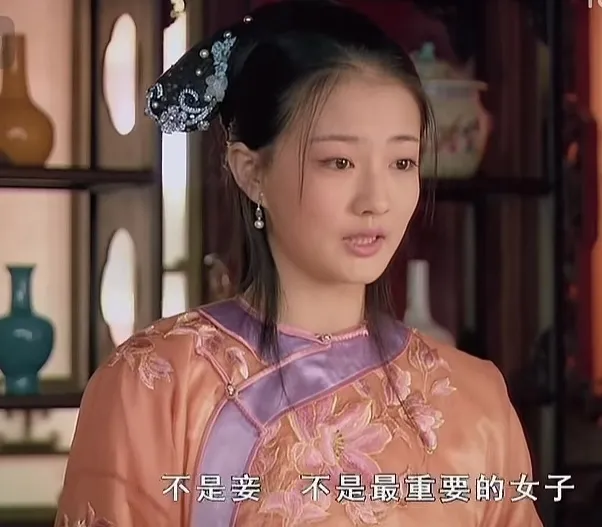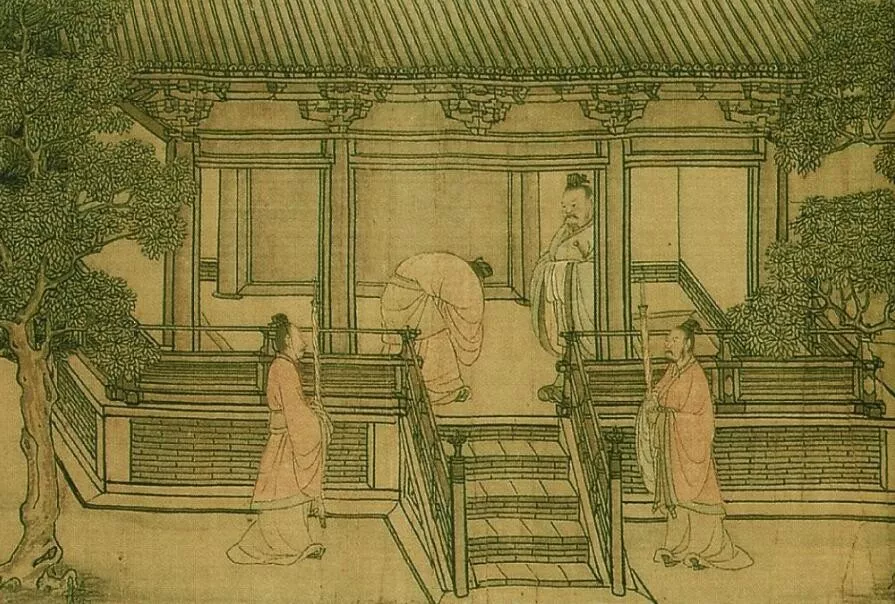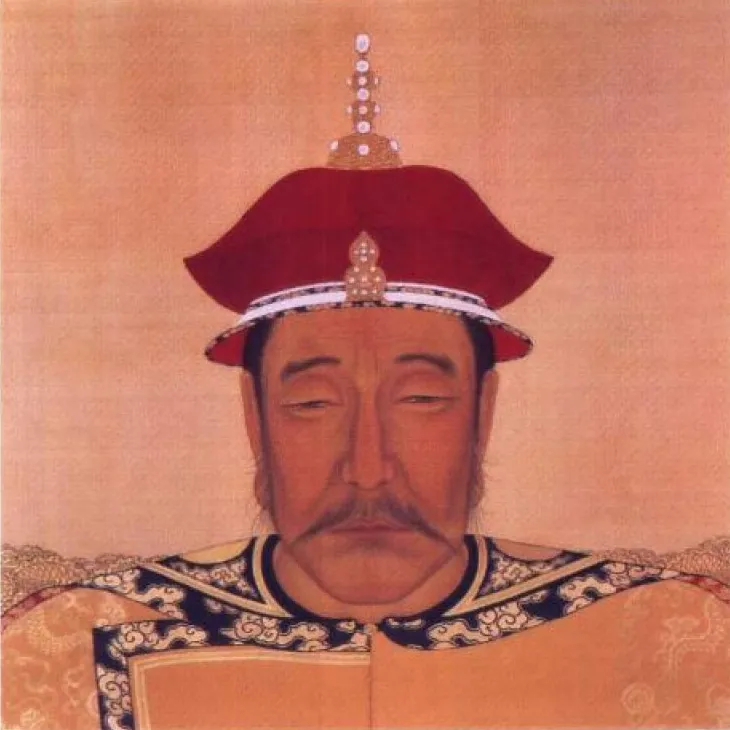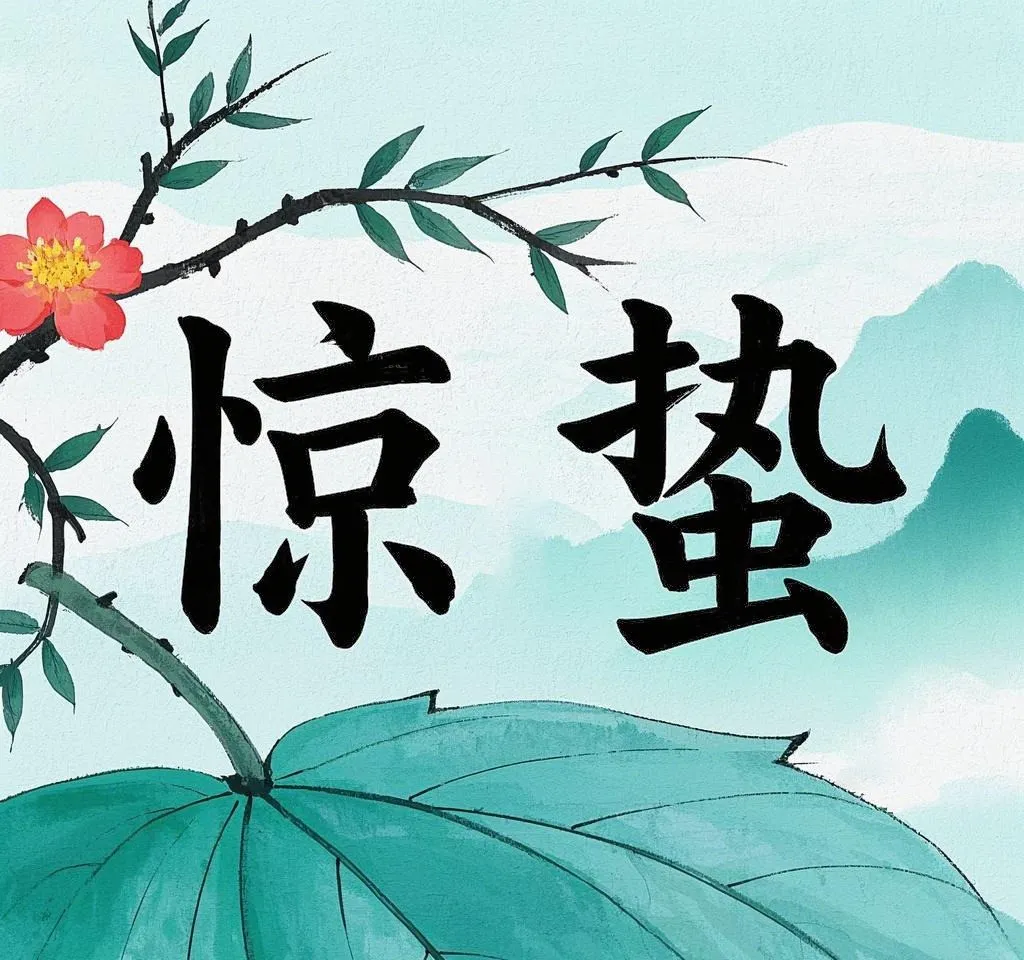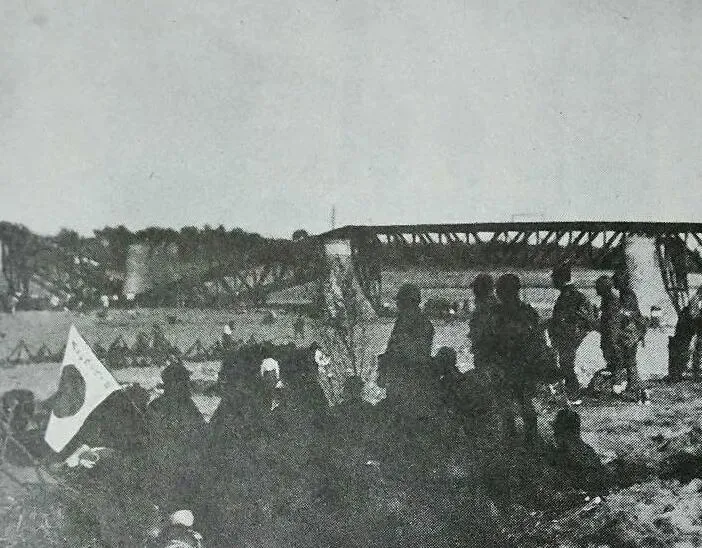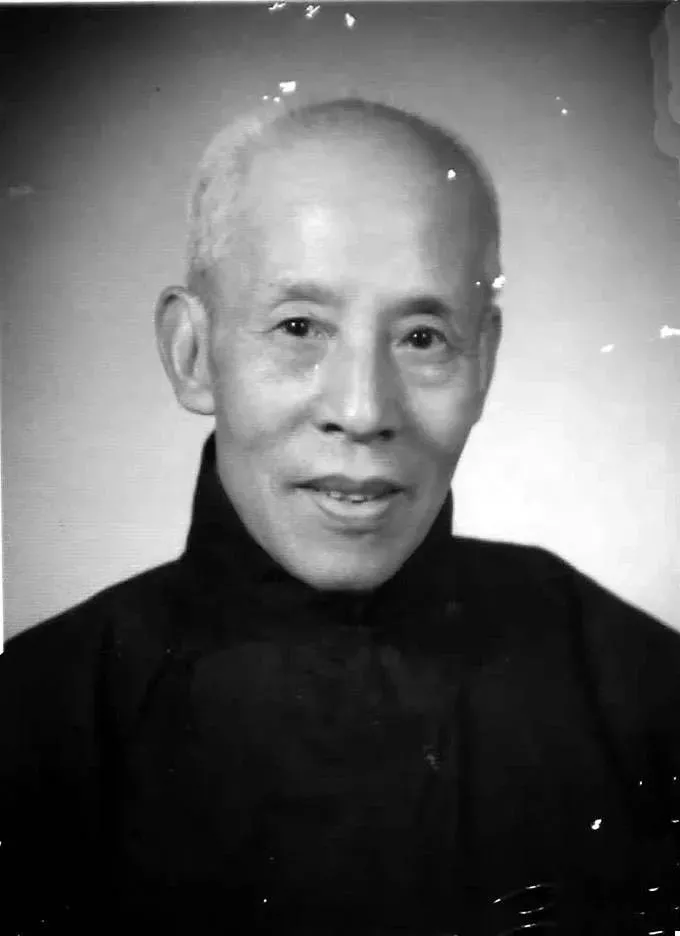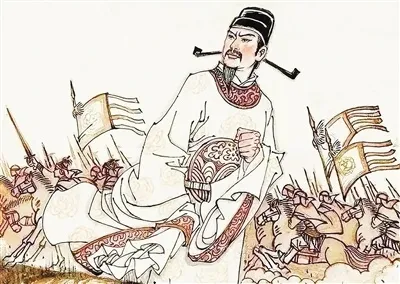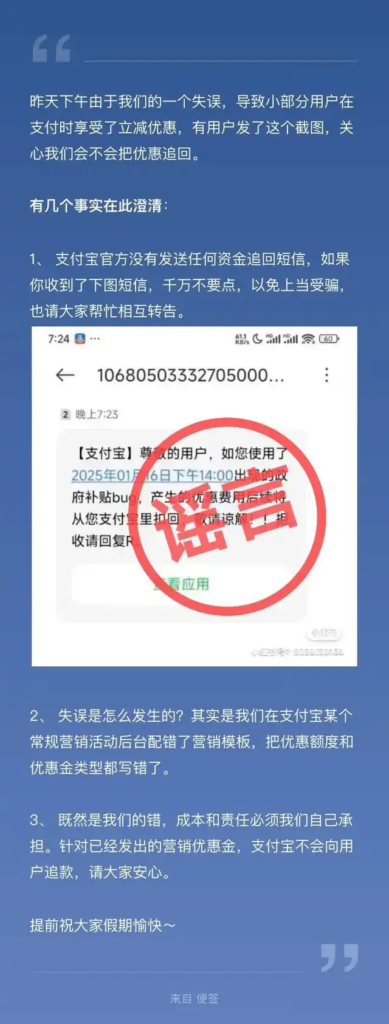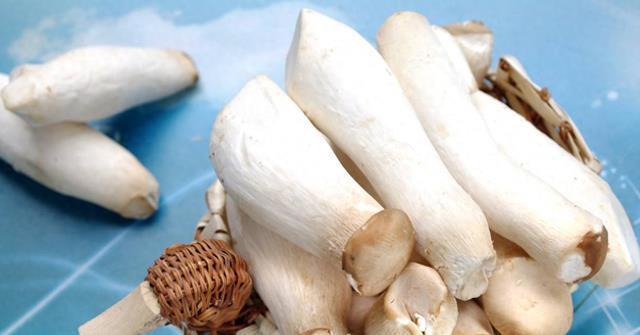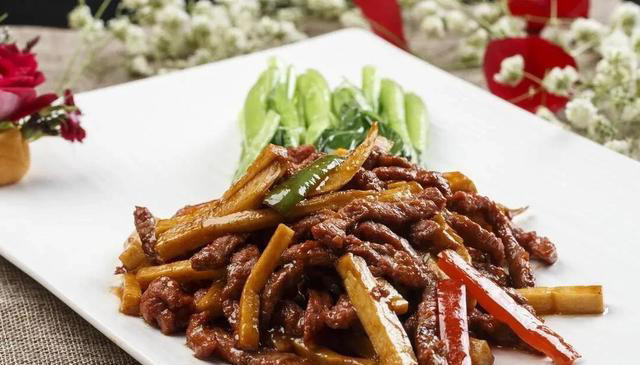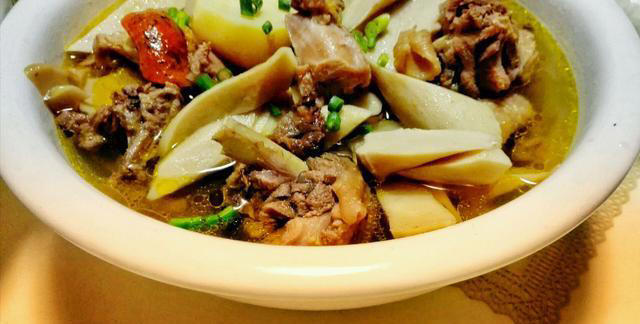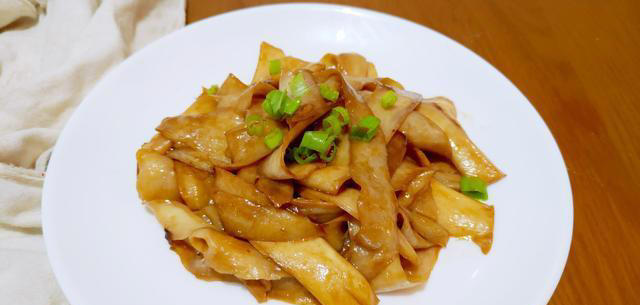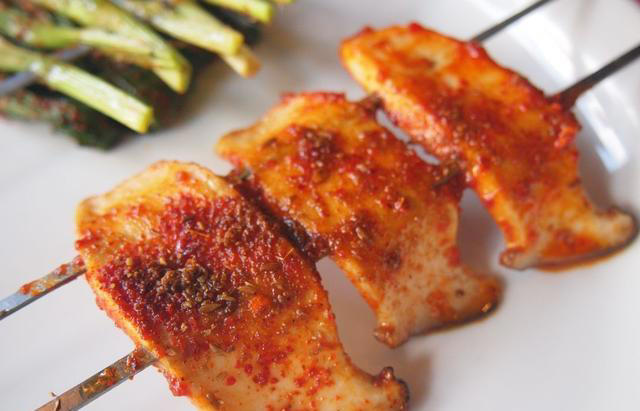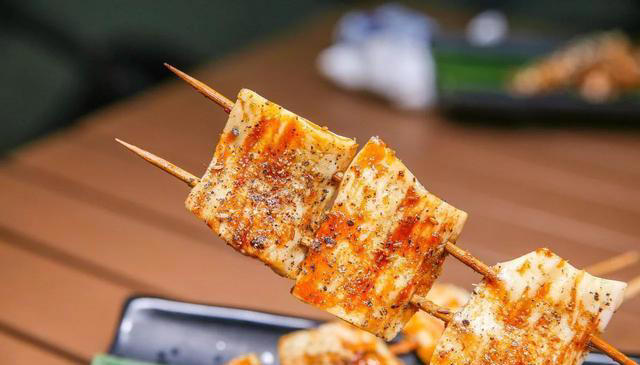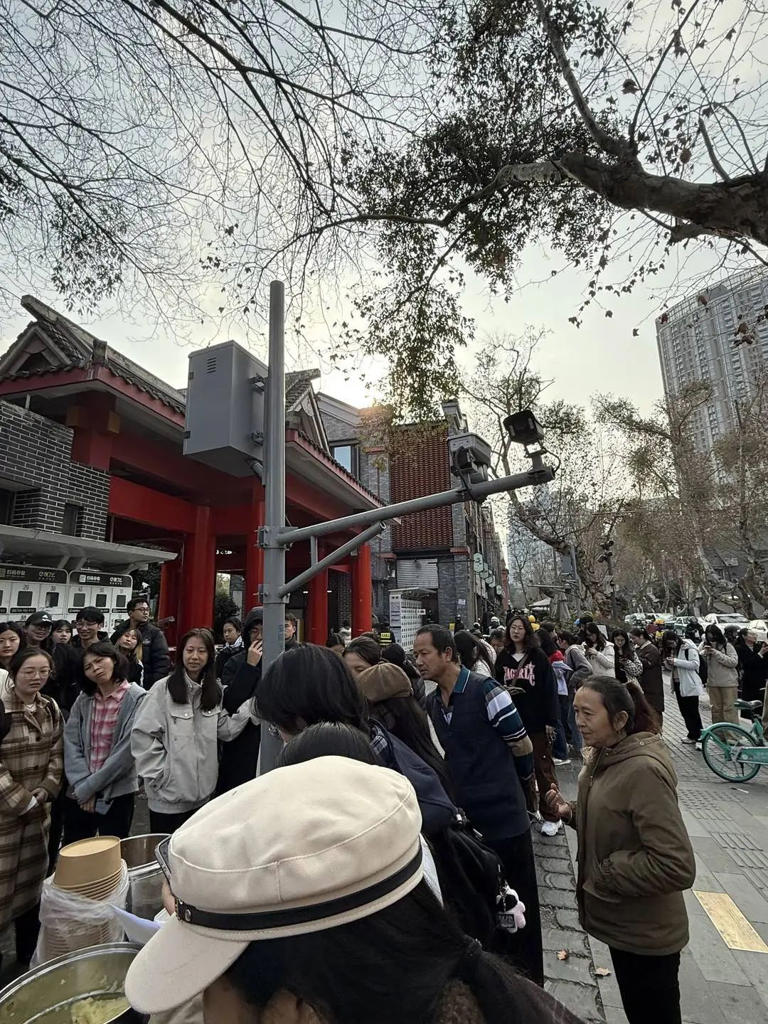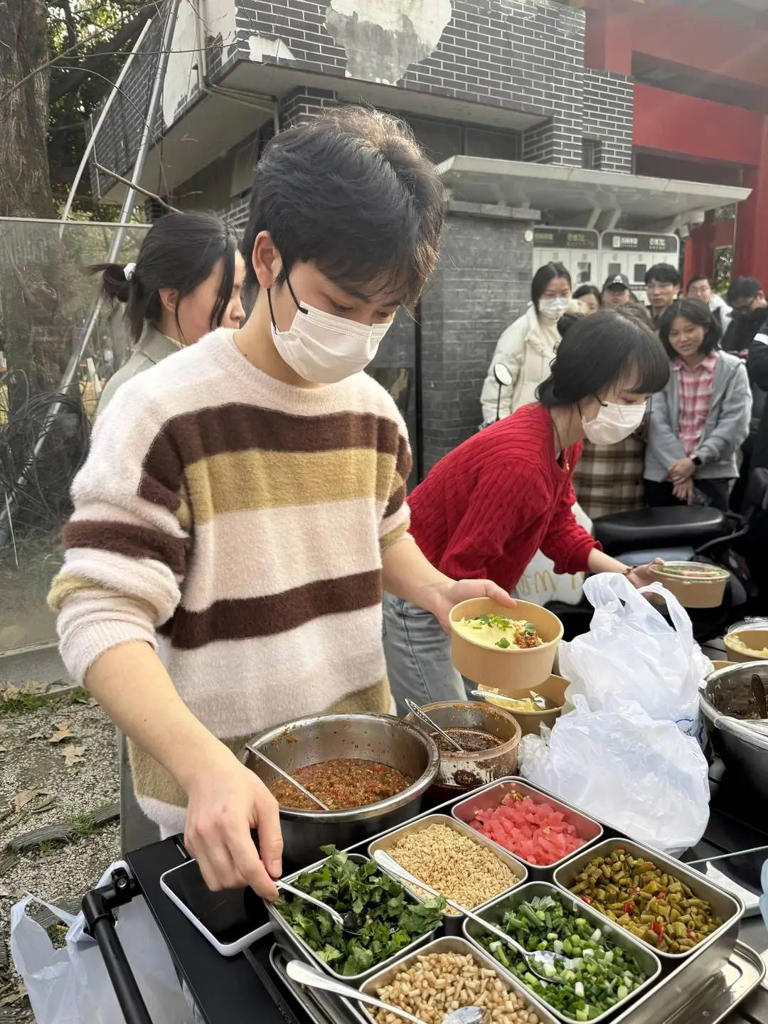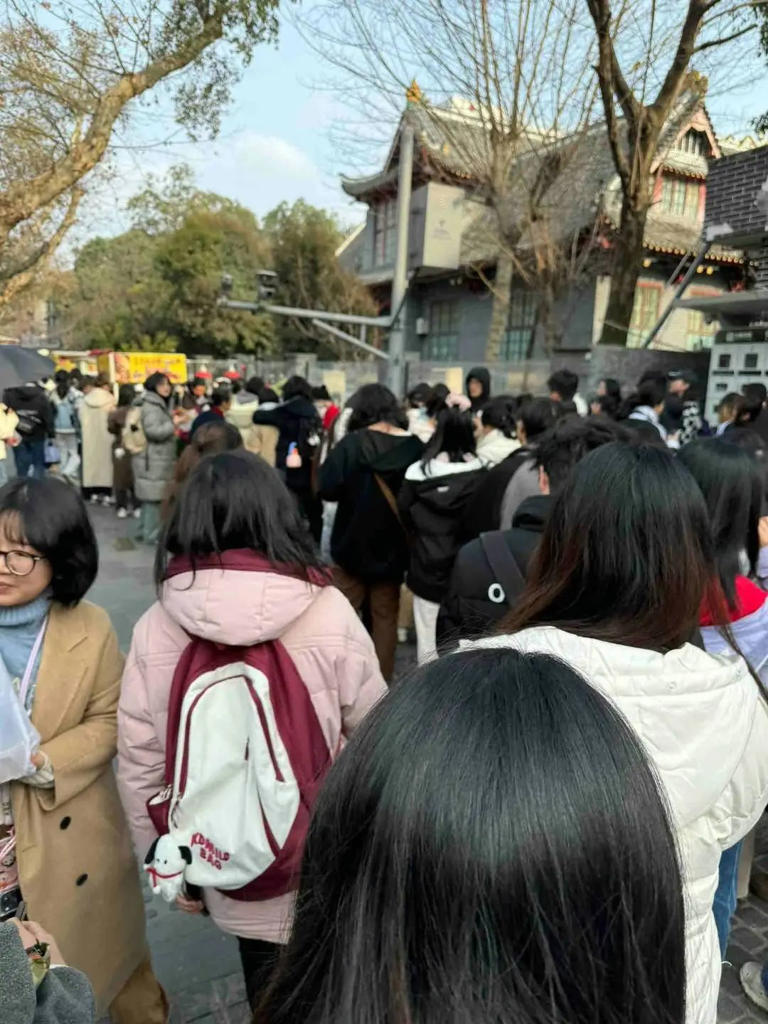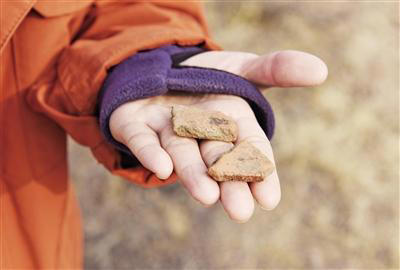
On March 11, in the Shuangta district of Chaoyang City, Liaoning Province, archaeologists displayed broken pottery shards found at the investigation site. Photo by Xinhua News Agency reporter Wu Qinghao

On March 11, at the residence of archaeologists in Beipiao City, Chaoyang City, Liaoning Province, archaeologists displayed broken pottery shards found at the investigation site. Photo by Xinhua News Agency reporter Li Gang
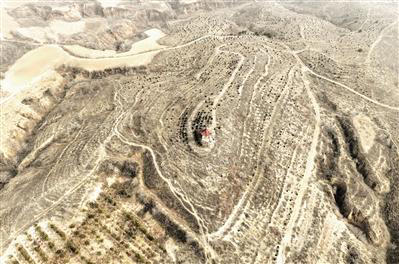
This is the site of the investigation of the Hongshan Cultural Site taken on March 11 in the Shuangta District of Chaoyang City, Liaoning Province (drone photo). On the same day, archaeologists from the Liaoning Provincial Institute of Cultural Relics and Archaeology investigated the Hongshan cultural site in Shuangta District, Chaoyang City, Liaoning Province. Previously, archaeologists discovered a number of Hongshan cultural relics in the Lingyuan Wubaiding Site Group in Chaoyang City, Liaoning Province. Photo by Xinhua News Agency reporter Li Gang
Recently, China has made new breakthroughs in the field of Hongshan culture and archaeology, and many discoveries have further revealed the development of Chinese civilization.
Archaeologists have recently discovered a number of Hongshan cultural relics in the Lingyuan Wubaiding ruins in Chaoyang City, Liaoning Province, adding new evidence to the evolution process of Hongshan culture.
Wubaiding ruins are located in the north of Lingyuan City, about 13 kilometers west of the famous Niuheliang Hongshan Cultural Site, covering an area of about 42 square kilometers, and 31 Hongshan cultural sites and stone mounds have been confirmed within this range.
Through sample collection and carbon 14 dating analysis, combined with the relevant sites in the surrounding area, archaeologists speculate that some of the relics of the Wubaiding site group are in the late stage of Hongshan culture.
“Combined with the dating data of charcoal samples collected from some relics, it can be seen that there are living relics of the same period as the Niuheliang site, which provides key coordinates for exploring the settlement sites that evolved in synergy with the core area of Hongshan culture.” Yu Huaishi, deputy research librarian of the Liaoning Provincial Institute of Cultural Relics and Archaeology, said.
In Inner Mongolia, which is adjacent to Liaoning, three new pieces of Hongshan culture jade dragons were also discovered last year, and the number of jade dragons unearthed annually was the largest in recent years, one of which was the largest jade dragon unearthed from Hongshan culture archaeology.
The jade dragon is a typical representative of the jade of the Hongshan culture. Now in the National Museum of China, the “C” shaped jade dragon is known as “China’s first dragon” because of its large size and exquisite craftsmanship. The jade dragon found in the stone mound of Yuanbao Mountain, Ao Han, Chifeng City, Inner Mongolia, is 15.8 cm long, 9.5 cm wide and 3 cm thick, and it is unearthed together with more than 100 pieces of jade such as jade ring, jade bi, jade silkworm and jade owl.
The stone mound of Yuanbao Mountain belongs to the late period of Hongshan culture, from 5100 to 5000 years ago. Dang Yu, a research librarian at the Institute of Cultural Relics and Archaeology of Inner Mongolia Autonomous Region, believes that through the excavation of the stone mound in Yuanbao Mountain, we can better understand the social form of the late Hongshan culture and explore the clues of the Hongshan erection system.
In Chifeng City, where the stone mound of Yuanbao Mountain was discovered, more than 700 Hongshan cultural sites have been discovered.
The Hongshan culture originated in the southwest of Northeast China and began five or six thousand years ago. It has a wide range of distribution, from the central and southern parts of Inner Mongolia in the north, to the north of Hebei in the south, to the west of Liaoning in the east, with the Xilamulun River and the upper reaches of the Laoha River and the Daling River in the Liaohe River basin as the central area, with a distribution area of 200,000 square kilometers.
At the beginning of the 20th century, the Japanese anthropologist Torii Ryuzo discovered some relics of prehistoric culture in northeast China. In 1935, Koshi Hamada and Seiichi Mizuno of the Archaeological Society of East Asia of Japan excavated at the site behind the Red Mountain in Chifeng, and in 1938 published the book “After the Red Mountain in Chifeng”. In 1954, Chinese archaeologist Yin Da officially proposed the name “Hongshan Culture” in the book “Chinese Neolithic Age”.
The Niuheliang Hongshan Cultural Site discovered in 1981 unearthed a large number of exquisite jade, painted pottery, stone tools and stone mounds. According to Wang Xuanlong, director of the Niuheliang Ruins Museum in Chaoyang, the Niuheliang Ruins are centered on the goddess temple and surrounded by altars and stone mounds, which is a large-scale prehistoric tomb and religious sacrifice place independent of the place of residence, and is the place where the ancestors of Hongshan sacrificed their ancestors and heaven and earth more than 5,000 years ago.
“The ruins and architectural ensembles of Niuheliang reflect the early state form of combining divine power and royal power, and are important witnesses to the origin of civilization in China and even Northeast Asia.” Guo Dashun, an expert on Hongshan culture and once presided over the excavation of Hongshan culture, said.
From the perspective of time and geography, the archaeological excavation of Hongshan culture shows the continuity and unity of the gradual migration and evolution from north to south to the Central Plains. Guo Dashun said: “More than 5,000 years ago, the Hongshan culture evolved from north to south, showing a relatively mature development context, and archaeological discoveries have confirmed that the Chinese civilization has not been interrupted since its birth. ”

 Entering China
Entering China
